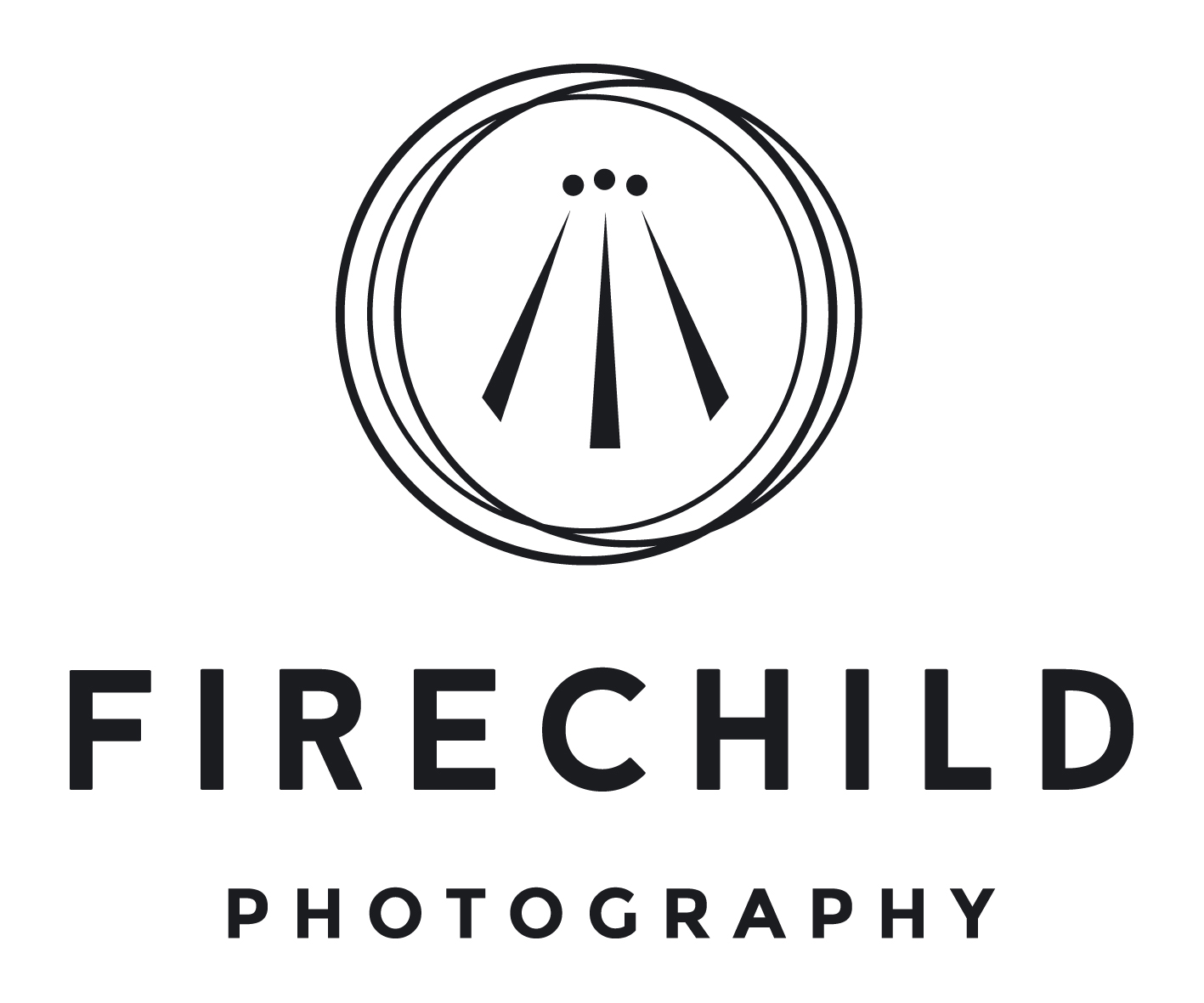Why do you travel? What sends you out in to the world to see new people and new places?
For me, it tends to be less about the sights to see and more about the people. The reason I chose to volunteer back in 2008 was purely because I wanted to see more than the tourist trail, I wanted to see an entire community and really experience it. Little did I know that experiencing that community in Vietnam would lead me back there time and time again and become such a huge part of my life.
Back then I had a little point and shoot that never made it home. Sand and abuse got the better of it. It took me some ok photos and I got the most out of it but it wasn’t as big a deal for me as it is now.


Going to Cuba last year was as exciting from a photographic point of view as anything else for me. And a big priority of my Vietnam trip this year was to document the opening of the restaurant. Eventually I’ll to exhibit a documentary about my friend and her story but for now it’s not quite ready, I need to make more visits.
Travelling is heavy enough work and I’m not one to bring anything I don’t think I’ll need. Ahead of my 9 week trip to Vietnam this year I began trying to figure out how I could edit photos while I was there instead of having to wait til I got home. My set up worked pretty well in the end and I figured I’d share it with you here.
In addition to my camera gear I took the following:

Bottom left, clockwise – 500GB hardrive, mains powered USB hub, Samsung Galaxy Note 10.1, OTG cable and multi card reader.
My workflow ended up being pretty smooth when I got the hang of it. I don’t know if this could be made easier, and I suppose I’ll check it out before I take this set up on the road again but it worked fine for me. First off I would connect the entire set up. That involves plugging in the USB hub into mains power (the tablet couldn’t power everything by itself) and plugging the hard drive and card reader into the hub. Then using the OTG cable (on the go) I would connect the hub to the tablet. This didn’t always work and there was sometimes a bit of plugging in and out and turning off and on but it always got there in the end.
I’d first copy the images to the tablet and then from there to the hard drive – copying directly to the hard drive was just too slow whereas copying on the double meant that I got all the files for sure and it really didn’t take as long.
From there I generally kept on the tablet what I wanted to edit there and then and left the rest on the hard drive. (And said a quiet prayer to it to stay safe til I got home every time.)
The apps I used to edit were RAWdroid Pro (€3.77) and Snapseed (free). RAWdroid is only necessary because I shoot RAW files and need something to read the files. You don’t need to shoot RAW but when the technology is there and you can, there’s no reason not to in my opinion. Shooting RAW captures everything your camera’s sensor sees, it’s like the original unprocessed film rather than the developed negatives.
If you’re sticking to JPEGs though, then you just need Snapseed. If you don’t have this app already then just go get it now. It’s the best of the apps I’ve used so far and makes editing on a mobile or a tablet so easy.
So that’s it, how I photo on the road.
Are you travelling with your camera soon? Where are you going and if you think you will edit on the road, how will you do it? Let me know in the comments.
